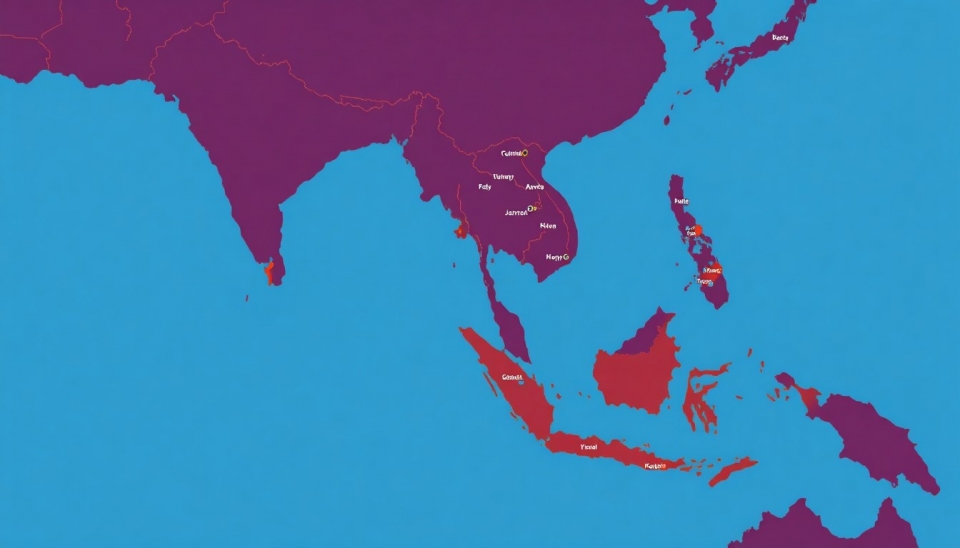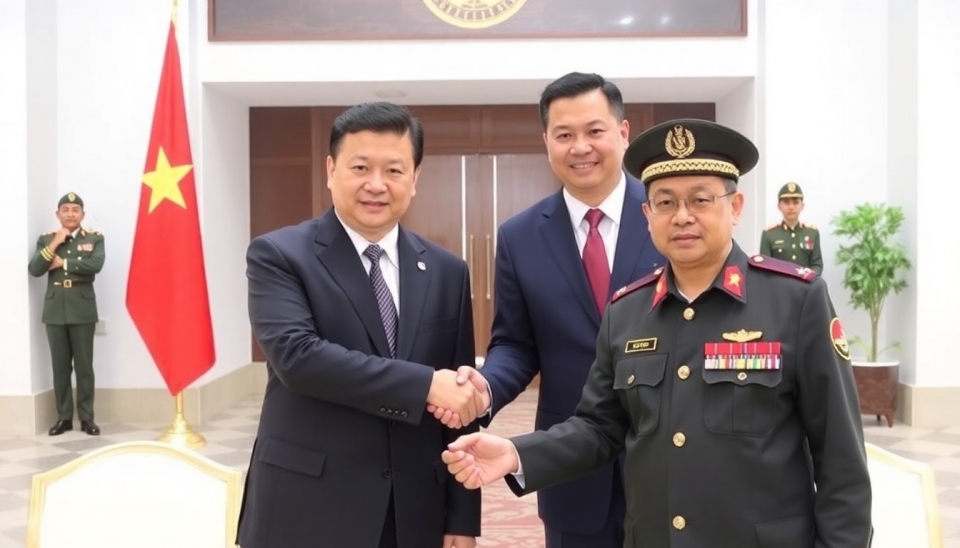
Crime syndicates operating in Southeast Asia are proving to be more resilient than anticipated, expanding their operations internationally even as law enforcement intensifies efforts to rein them in. According to a recent report, these syndicates have transitioned from regional players to significant influencers in the global illicit trade, indicating a shift in how organized crime is conducted across borders.
Despite increased crackdowns by local governments and international agencies, crime groups have adapted their strategies to navigate the pressures of law enforcement. This adaptability has allowed them to maintain lucrative operations in various sectors, including drug trafficking, human smuggling, and cybercrime.
Experts are particularly concerned about the sophisticated nature of these syndicates. Utilizing modern technology and establishing intricate networks across different countries, they have been able to evade apprehension and continue their criminal enterprises. More alarming is their ability to forge connections with other crime organizations worldwide, enhancing their operational capacity and evading traditional detection methods.
The report highlights specific examples where Southeast Asian crime organizations have penetrated markets in Europe and North America, establishing a foothold that challenges international law enforcement agencies. Notably, these syndicates have made inroads into the trafficking of synthetic drugs, a market that has seen exponential growth due to rising demand.
Law enforcement officials are acknowledging the need for a reevaluation of their tactics to combat these evolving threats. Traditional methods of containment and suppression are proving insufficient, and there is a growing consensus on the necessity of international cooperation to counteract the transnational nature of these crime syndicates.
Operation efforts are increasingly aimed at intelligence sharing among countries, as well as the development of unified strategies that capitalize on the vulnerabilities of these criminal networks. As the global landscape continues to shift, it is evident that crime syndicates in Southeast Asia will not only persist but may become more entrenched in the fabric of global organized crime.
The ongoing struggle against these powerful syndicates underscores the complexity of transnational crime and the imperative for governments and agencies to adopt innovative approaches to combat these challenges effectively.
Recent Developments and Future Implications
Looking ahead, analysts predict that without a concerted global effort to dismantle these organizations, they will continue to thrive. It’s crucial for nations to collaborate and leverage their resources to formulate a robust response that goes beyond traditional law enforcement measures.
As authorities prepare for the upcoming challenges posed by these resilient crime syndicates, the incorporation of technology in policing, public awareness campaigns, and greater societal engagement will be key components of a successful strategy to combat the expanding reach of organized crime.
In conclusion, while the situation appears daunting, a unified global stance may eventually turn the tide against these adaptable crime syndicates, reducing their influence and disrupting their operations effectively.
#SoutheastAsia #CrimeSyndicates #GlobalCrime #LawEnforcement #OrganizedCrime #TransnationalCrime #DrugTrafficking #HumanSmuggling #Cybercrime #InternationalCooperation
Author: John Miller




